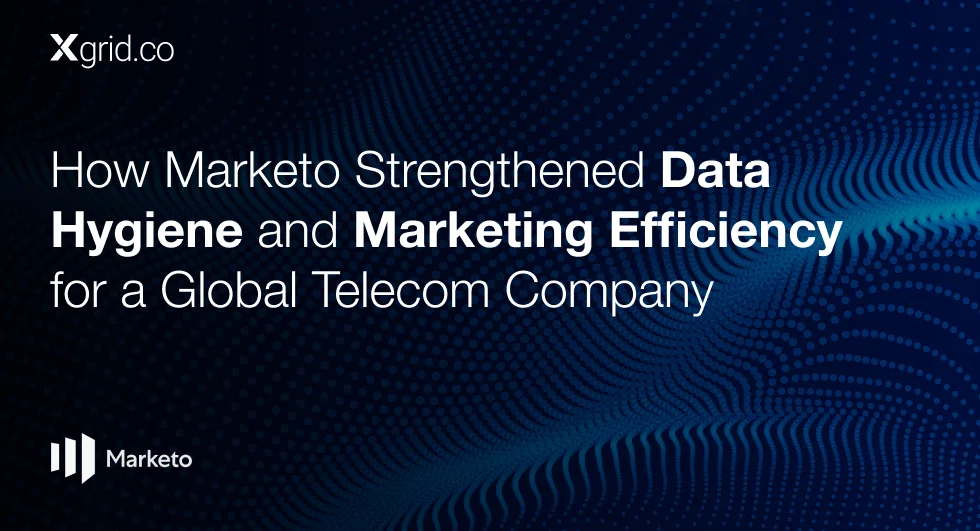Multi-Touch Attribution Models: Capturing the Full Customer Journey
“We started with traditional last-touch attribution but quickly realized it wasn’t giving us the full picture. Last-touch attribution only captures the final interaction before a conversion, so we built multi-touch models that could track every interaction leading up to a sale,” explains Vladlena.
Why Last-Touch Attribution Falls Short
In traditional last-touch attribution, the focus is solely on the final interaction before a customer converts. While this method can provide some insight into the conversion point, it overlooks the entire customer journey.
For example, a potential buyer might have interacted with multiple marketing channels—social media, email campaigns, or paid ads—before making a final purchase. Ignoring these touchpoints can lead to inaccurate data and misinformed marketing decisions.
As Vladlena points out, “Relying only on last-touch attribution gives an incomplete picture, often underrepresenting earlier interactions that contributed to the sale.”
The Power of Multi-Touch Attribution
In contrast, multi-touch attribution accounts for every interaction a customer has with a business throughout their journey. This model distributes credit for conversions across all relevant touchpoints, offering a more accurate reflection of how each marketing effort influences the buyer’s decision.
By doing so, businesses can gain valuable insights into the performance of their entire marketing strategy, not just the final step.
“Multi-touch models provided us with a fuller understanding of how different channels contributed to conversions. We could see the cumulative impact of each interaction—whether it was a blog post, a social media ad, or an email—on the final sale,” says Vladlena.
The Challenges of Contact-Based Attribution
While multi-touch attribution offers greater clarity, Vladlena highlights a common issue faced by many marketing teams: sales teams often do not include all relevant contacts in an opportunity. This oversight can skew attribution results by failing to account for the contributions of all stakeholders involved in a purchase decision.
“In B2B scenarios, the decision-making process often involves multiple contacts within an account, yet sales teams might only tag one or two individuals. This limited view can distort the attribution data, giving disproportionate credit to just one or two touchpoints,” explains Vladlena.
Introducing Account-Wide Attribution for More Accurate Insights
To overcome this challenge, Vladlena developed account-wide attribution models, which track interactions across an entire account rather than just individual contacts. By expanding the scope of attribution to include all key stakeholders within an organization, businesses can obtain a more accurate picture of how marketing efforts influence conversions.
“By looking at the entire account, we got a better understanding of which touchpoints were actually driving results. It gave us more accurate insights into what was influencing the sale,” says Vladlena.
How to Implement Multi-Touch and Account-Wide Attribution
Building a robust multi-touch or account-wide attribution model requires the right tools and strategies. Here are the steps businesses can take to develop comprehensive attribution models that offer meaningful insights:
-
- Map the Customer Journey: Begin by identifying all potential touchpoints a customer might interact with before making a purchase. These could include website visits, content downloads, ad clicks, or email opens. Once these are mapped, it becomes easier to understand how each touchpoint contributes to the overall journey.
- Integrate Data Across Platforms: Ensure that data from all marketing channels is integrated into a central system. If you’re looking to implement Marketo attribution models, the going for Marketo integration services, businesses can bring together data from email campaigns, social media, paid ads, and CRM systems to get a unified view of the customer journey.
- Assign Weight to Each Touchpoint: Multi-touch attribution models typically assign weight to different touchpoints based on their impact on the conversion. Businesses can experiment with different weighting methods, such as linear attribution (where each touchpoint gets equal credit) or time-decay models (where more recent interactions are given more weight).
- Expand to Account-Wide Attribution: For B2B businesses, it’s important to move beyond individual contact-level attribution to account-level attribution. This approach involves tracking all interactions from multiple decision-makers within an organization, providing a clearer view of how various stakeholders contribute to the sale.
- Analyze and Optimize: Once the attribution model is in place, continuously analyze the data to understand which touchpoints are driving the most conversions. Use these insights to optimize your marketing strategy by investing in high-performing channels and refining your approach in less effective areas.
The Benefits of Multi-Touch Attribution
By implementing multi-touch attribution models, businesses can gain deeper insights into their marketing performance, allowing them to optimize their efforts more effectively. They can see the entire journey—from the first interaction to the final sale—and make informed decisions about where to allocate resources for maximum impact.
“With multi-touch attribution, we were able to optimize our campaigns, allocating more budget to the channels that were driving results. It gave us a clearer picture of our return on investment,” notes Vladlena.
Conclusion: Achieving a Full Picture of Marketing Impact
Multi-touch attribution models provide a more complete view of the customer journey, enabling businesses to understand how each marketing effort contributes to conversions. Vladlena’s experience in developing these models, along with her innovative approach to account-wide attribution, highlights the importance of tracking all interactions within a customer’s account to achieve accurate insights.





